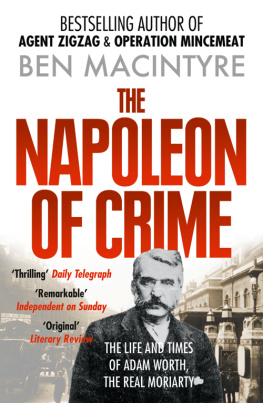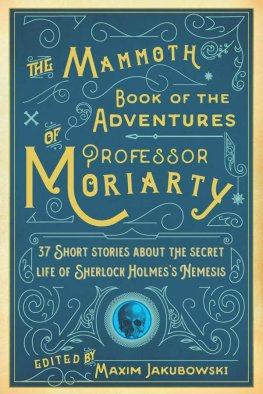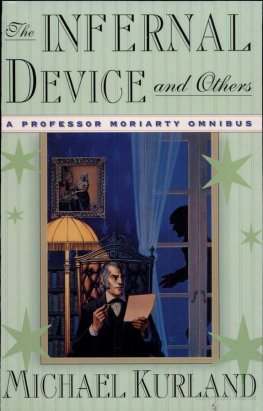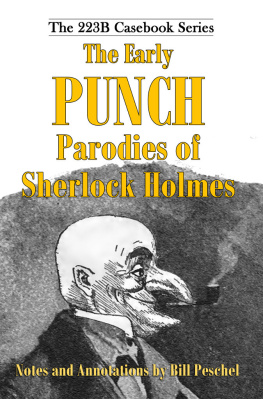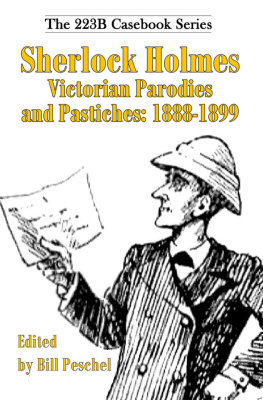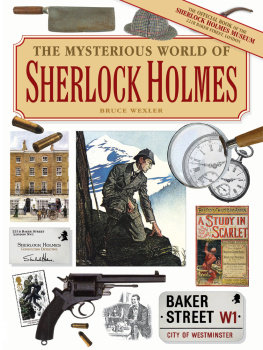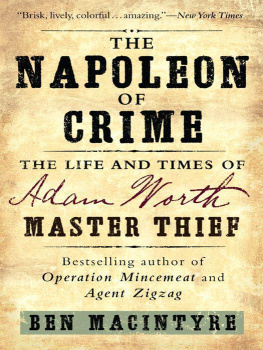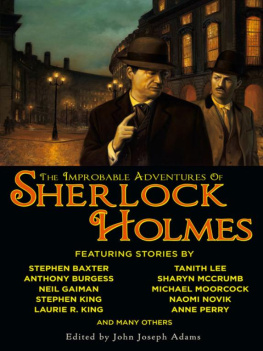I had come to Los Angeles to cover the latest instalment in the Rodney King case, that grimly defining saga of modern times. But I left the city with a very different tale of cops and robbers.
The white Los Angeles policemen who had been filmed by an amateur cameraman beating up a black motorist were in the dock for a second time, stolidly proclaiming their innocence. It was confidently predicted that the city was on the verge of another riot. One afternoon, when the jury had retired to consider its verdict, I decided to drive out to the suburb of Van Nuys to explore the archives of the Pinkertons Detective Agency, thinking I might write an article for The Times about American law enforcement in another, sepia-tinted age, a world away from the thugs on trial downtown, or those in the ghetto who might take to the streets if they escaped justice again.
The Pinkertons. The name itself summoned up hard lawmen with comic facial hair and six-shooters, riding out after the likes of Jesse James, the Reno gang, Butch Cassidy and the Sundance Kid. Shown into the basement archive by a bored secretary popping bubble gum, I immediately realized there was far more here than could possibly be digested in a year, let alone an afternoon. The rows of cabinets literally overflowed with files, a testament to the painstaking methods of Americas earliest detectives. After an hour or so of random delving, I picked up a bound scrapbook, dated 1902. Leafing through it, I came across this fragment of newsprint:
SUNDAY OREGONIAN, PORTLAND, JULY 27, 1902.
ADAM WORTH, GREATEST THIEF OF MODERN TIMES; STOLE $3,000,000

T HIS is the story of Adam Worth.
If a fiction writer could conceive such a story, he might well hesitate to write it for fear of being accused of using the wildly improbable.
The sober, cold, technical judgment passed upon Adam Worth by the greatest thief-hunters of America and Great Britain is that he was the most remarkable, most successful and most dangerous professional criminal ever known to modern times.
Adam Worth, in a life of crime covering almost half a century, looted at least $2,000,000, and most probably as much as $3,000,000.
He cruised through the Mediterranean on a steam yacht with a crew of 20 men, and left a trail of looted cities behind him.
He was caught only once, and then through a blunder by a stupid confederate.
He ruled the shrewdest criminals, and planned deeds for them with craft that bade defiance to the best detective talent in the world.
The police of America and Europe were eager to take him for years, and for years he perpetrated every form of theft check-forging, swindling, larceny, safe-cracking, diamond robbery, mail robbery, burglary of every degree, hold-ups on the road and bank robbery under their very noses with complete immunity.
There were three redeeming features in the life of this lost human creature.
He worshiped his family and regarded and treated his loved ones as something sacred. His wife never knew that he was a criminal. His children are living in the United States today in complete ignorance of the fact that their father was the master-thief of the civilized world.
He never was guilty of violence, and would have nothing to do under any circumstances with any one who did.
He never forsook a friend or accomplice.
Because of that loyalty he once rescued his band of forgers from a Turkish prison and then from Greek brigands, reducing himself to beggary to do it.
Because of that loyalty he became The Man Who Stole the Gainsborough.
The reason for that theft will be told here for the first time. Until now, all who knew it were under binding obligations of silence. The motive that caused the deed was unique in the history of modern crime.
And Adam Worth, who had millions, who once flipped coins for 100 a toss, who at one time had an interest in a racing stable, had a steam yacht and a fast sailing yacht, died a few weeks ago as he had begun a poor, penniless thief.
He towered above all other criminals of his time; he was so far in advance of them that the man who hunted him weakened before his masterful intellect; but the inexorable fate that pursues the breaker of moral law caught him and finished him at last where the man-made law was powerless.
When Adam Worth died he was as much a mystery aside from certain officials and detective inspectors of Scotland Yard, the Pinkertons, and a very few American police officials even to the great majority of the police officials of the world as he had been throughout his life. If he had not become prominent recently as the man who stole and returned the Gainsborough portrait, the public probably never would have heard of him at all. Only a very few of the most able detectives of the world knew him even by sight. Still less knew anything about him. The story that follows is an absolute and minutely exact history, verified in every particular and vouched for by the men who spent almost half a century in trying to hunt him down.
Nothing in this history is left to conjecture.
The rest of the promised article, infuriatingly, had not been pasted into the book. Time and again I read this clipping, extravagant in its claims even by the journalistic standards of the day, and a small LA riot of excitement began building somewhere in the back of my mind. Then my electronic pager sounded, bringing me hurtling back to the present with the news that a verdict in the Rodney King trial was imminent. By the next afternoon, two of the cops had been found guilty, the inhabitants of South Central Los Angeles had obligingly decided not to go on the rampage, and I was back in Van Nuys, combing the Pinkerton archive for every scrap of material I could find on Adam Worth. The detectives, I soon learned, had hunted Worth across the world for decades with dogged perseverance, and the result was a wealth of documentation: six complete chronological folders, tied together with string and bulging with photographs, letters, more newspaper articles and hundreds of memos by the Pinkerton detectives, each one written in meticulous copper-plate and relating a tale even more intriguing and peculiar than the nameless Sunday Oregonian writer had implied.
For Adam Worth, it transpired, was far more than simply a talented crook. A professional charlatan, he was that most feared of Victorian bogeymen: the double-man, the charming rascal, the respectable and civilized Dr Jekyll by day whose villainy emerged only under cover of night. Worth made a myth of his own life, building a thick smokescreen of wealth and possessions to cover a multitude of crimes that had started with picking pockets and desertion and later expanded to include safe-cracking on an industrial scale, international forgery, jewel theft and highway robbery. The Worth dossiers revealed a vivid rogues gallery of crooks, aristocrats, con men, molls, mobsters and policemen, all revolving around this singular man. In minute detail, the detectives described his criminal network, radiating out of Paris and London and stretching from Jamaica to South Africa, from America to Turkey.
I left the Pinkerton archive elated but tantalized. The material was vast but incomplete. Like any sensible crook anxious to avoid detection, Worth had not written his memoirs and had left behind only a handful of coded letters. My initial researches had raised more questions than they answered. How had Worth evolved his contradictory moral code? How had he escaped capture for so many years? How had he transformed himself from a penniless German-Jewish emigrant from Cambridge, Massachusetts, into an English milord in the aristocratic heart of London?

